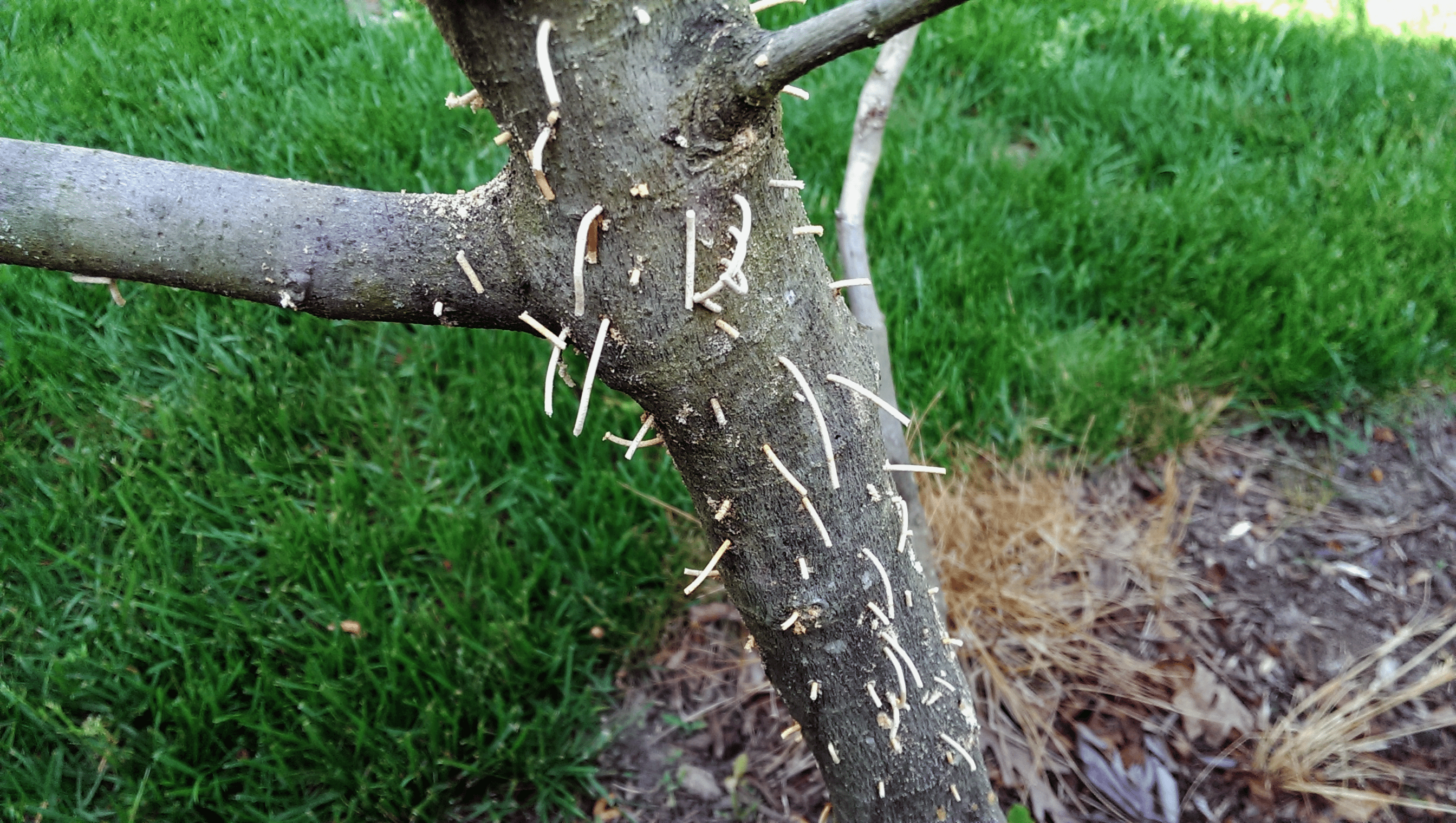Preventing Granulate Ambrosia Beetles: Granulate Ambrosia Beetle Prevention And Treatment


The granulate ambrosia beetle (Xylosandrus crassiusculus) measures only 2 to 3 millimeters in length, but it can completely devastate over 100 species of deciduous trees. The female of the species tunnels into trees and excavates chambers where she lays eggs and raises her offspring. Granulate ambrosia beetle damage comes from the tunneling activities of the female insect and the ambrosia fungus that she introduces into the wood. So what are ambrosia beetles and how can you prevent them? Keep reading to learn more about ambrosia beetle control.
What are Granulate Ambrosia Beetles?
Granulate ambrosia beetles were introduced into the Southeastern United States from Asia. Although it is still primarily a southeastern pest, the beetle is spreading into other areas. They are rarely seen because of their small size and the fact that they spend most of their lives inside trees. The symptoms of an infestation and granulate ambrosia beetle damage are unmistakable. As the female beetle tunnels, strands of boring dust, which look like toothpicks, extend from the tree. Young trees infested with the beetles usually die, but older trees may survive. There is no insecticide for treating granulate ambrosia beetles once they're inside a tree, and there is no cure for the fungus they bring to the tree. Therefore, ambrosia beetle control focuses on preventing the spread of the infestation.
Granulate Ambrosia Beetle Prevention
Granulate ambrosia beetles sometimes attack healthy trees, but they are especially attracted to trees suffering from stress. The insects enter at sites with damaged bark. Most granulate ambrosia beetle prevention begins with reducing stress associated with trees. Prevent stress as much as possible by watering the tree deeply during dry spells and keeping it on a schedule of regular fertilization as recommended for the species. Remove and destroy severely infested trees to prevent the infestation from spreading. Sprays that contain pyrethroids are effective at preventing ambrosia beetles from entering a tree. Use the spray according to the label instructions when you know that there are ambrosia beetles in the area. You may have to spray as often as every two or three weeks. Homeowners with valuable trees on their property should consider consulting an arborist. These professionals can assess a tree to determine the extent of the infestation and help you decide whether to try to save the tree. They also have additional products at their disposal that may help prevent the spread of infestation. Note: Always take care when using chemical controls. Carefully read and follow the label instructions, and store insecticides in their original container and out of the reach of children.
Sign up for the Gardening Know How newsletter today and receive a free copy of our e-book "How to Grow Delicious Tomatoes".

Jackie Carroll has written over 500 articles for Gardening Know How on a wide range of topics.